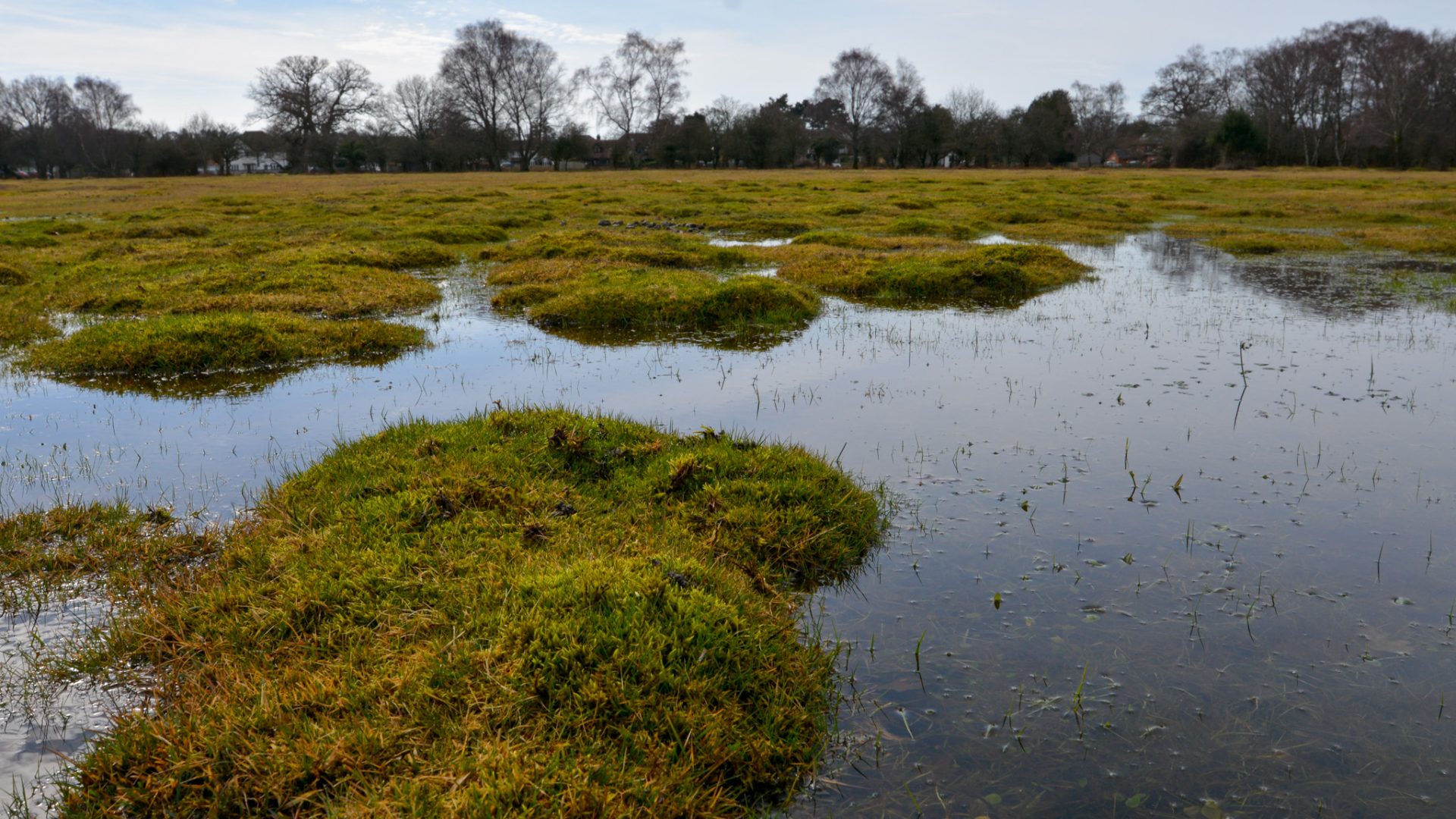
Bolder action needed for nature recovery
Published: 1 Feb 2024
The Government has today published its Outcomes Framework, setting out key targets for restoring nature and habitats in protected landscapes, as part of the UK’s global commitments on biodiversity and climate mitigation.
These national targets are a much-needed call to action and something Campaign for National Parks and others have been calling for in order to address the desperate state of nature in these places.
The targets for protected landscapes include:
- Restoring or creating more than 250,000 hectares of a range of wildlife-rich habitats, outside protected sites by 2042.
- Bringing 80% of Sites of Special Scientific Interest (SSSI) into favourable condition by 2042.
- Restoring approximately 130,000 hectares of peat by 2050.
- Ensuring at least 65% to 80% of land managers adopt nature friendly farming on at least 10% to 15% of their land by 2030.
- Increasing tree canopy and woodland cover by 3% of total land area by 2050
While seemingly impressive, the scale of the nature recovery challenge facing National Parks dwarfs even these figures.
For example, the target of restoring 130,000 hectares of peat across all protected landscapes would only cover a quarter of total peatland in English National Parks alone. The vast majority of these wetlands are already in a degraded state and getting worse. One study shows that only 1% of peatland in Dartmoor is currently in a healthy condition.
Meanwhile the target of bringing 80% of SSSIs into favourable condition by 2042 will require a huge amount of work, as the current average across English National Parks is only 26%. Defra will need to scale up massively to ensure these targets are met and quicken the pace. We are in a nature and climate emergency and can’t afford to wait 25 years to bring about change.
Equally worryingly are the targets that are missing from the Outcomes Framework, including those on water quality, species abundance, and the role National Parks should play in achieving 30×30, the international commitment to protect at least 30% of land and sea for nature by 2030. Iconic water bodies like Lake Windermere are suffering damaging levels of sewage pollution and national targets are an absolute requirement to returning these catchments to their rightful clean water state.
The pathway to achieving these targets will be through National Park Authority management plans, yet there is no published detail about how this will be achieved or made accountable. Authorities will have up to 18 months to agree their individual requirements to meeting these targets, at a time when urgent action is needed.
That’s why we’re calling on the Government to bring forward at the earliest possible opportunity the regulations promised in the Levelling Up and Regeneration Act 2023 linking management plans to Environment Act targets, with a clear mechanism to mark progress and demand action from each National Park in achieving the targets in the Outcomes Framework.
With the right targets and governance to support nature’s recovery and more resources to deliver change on the ground, National Parks can reverse the languishing nature in these areas and make a significant contribution to reversing the decline of nature in England.
Our message to political leaders is to be bolder and faster.
If you agree then help Save our National Parks and sign our petition
